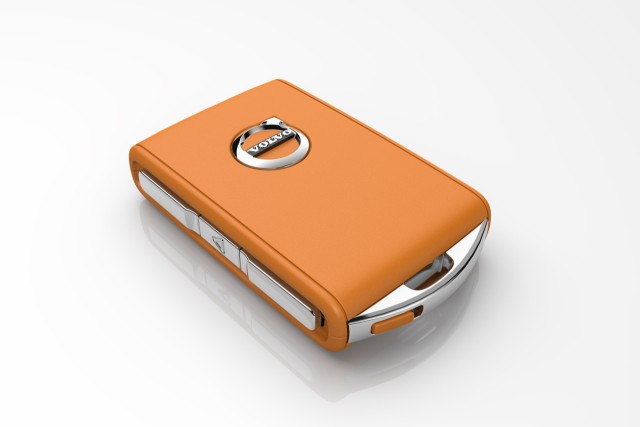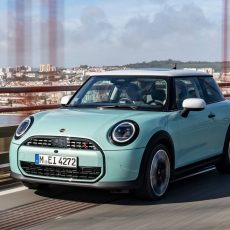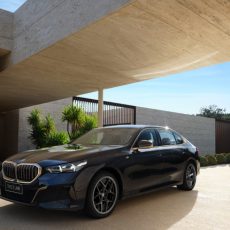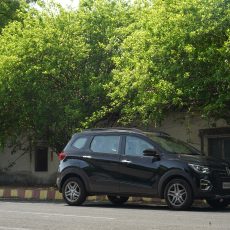All new Volvo car models will now have a 180-km/h speed limit and a Care Key across all global markets.

A 180 km/h speed limit may seem like a lot to some people, yet, to those countries where certain areas have no speed limits, this seems like a violation of rights. However, the move comes following Volvo Cars’ promise made last year to introduce such a limitation, which, as always, in the interest of safety, goes above and beyond regulation and legislation as the brand synonymous with safety try to further close the remaining gap to zero serious injuries and fatalities in traffic.

The top speed limit has proven to be controversial since it was announced, with some questioning the rights of car makers to impose such limitations through available technology. Many automotive enthusiasts, too, were up in arms about the move but, if one thinks about it, with growing population numbers worldwide, there are few places where sustaining speeds of even 100 km/h are viable. All it takes is one slow-moving car, a tractor, or cattle on the road to make sure even 10 per cent of that number is an appreciated pace. Volvo Cars believe they have an obligation to continue their tradition of being a pioneer and taking actions that could, ultimately, save lives – even if it means losing potential customers. They didn’t even patent the revolutionary three-point seat-belt back in 1959 so other car-makers could use it to make their own cars a little safer.
Apart from the speed cap, every new Volvo car will now also come with a Care Key. It allows Volvo drivers to set additional limitations on the car’s top speed when, for example, lending their car to other family members or to younger and inexperienced drivers, or to valet parking staff.

Together, the 180-km/h speed limitation and the Care Key send a strong signal about the dangers of speeding, underlining Volvo Cars’ position as a worldwide leader in safety. Both features illustrate how car-makers can take active responsibility for striving to achieve zero traffic fatalities by supporting better driver behaviour.
Malin Ekholm, head of the Volvo Cars Safety Centre, said, “We believe that a car maker has a responsibility to help improve traffic safety. Our speed-limiting technology, and the dialogue that it initiated, fits that thinking. The speed cap and Care Key help people reflect and realise that speeding is dangerous, while also providing extra peace of mind and supporting better driver behaviour.”
What it boils down to is the problem with speeding is that, above certain speeds, even in-car safety technology and smart infrastructure design are no longer enough to avoid severe injuries and fatalities in the event of an accident. Speed limits are in place in most countries, yet speeding remains ubiquitous and one of the most common reasons for fatalities in traffic. Millions of people still get speeding tickets every year.
Research shows that on average, people have poor understanding of the dangers around speeding. The implications and repercussions of building momentum are lost on many. As a result, many people often drive too fast and have poor speed adaptation in relation to the traffic situation. Apart from speeding, intoxication and distraction are two other primary areas of concern for traffic safety and that constitute the remaining gap towards Volvo Cars’ vision of a future with zero traffic fatalities and serious injuries. Safe to say, they are taking action to address all three elements of human behaviour in their safety research and development, with more features set to be introduced in future cars.
Also read: Volvo Cars to get LiDAR Update

Also read: Volvo Vision 2020 – Safety First
Also read: Volvo XC40 T4 R-Design First Drive Review




